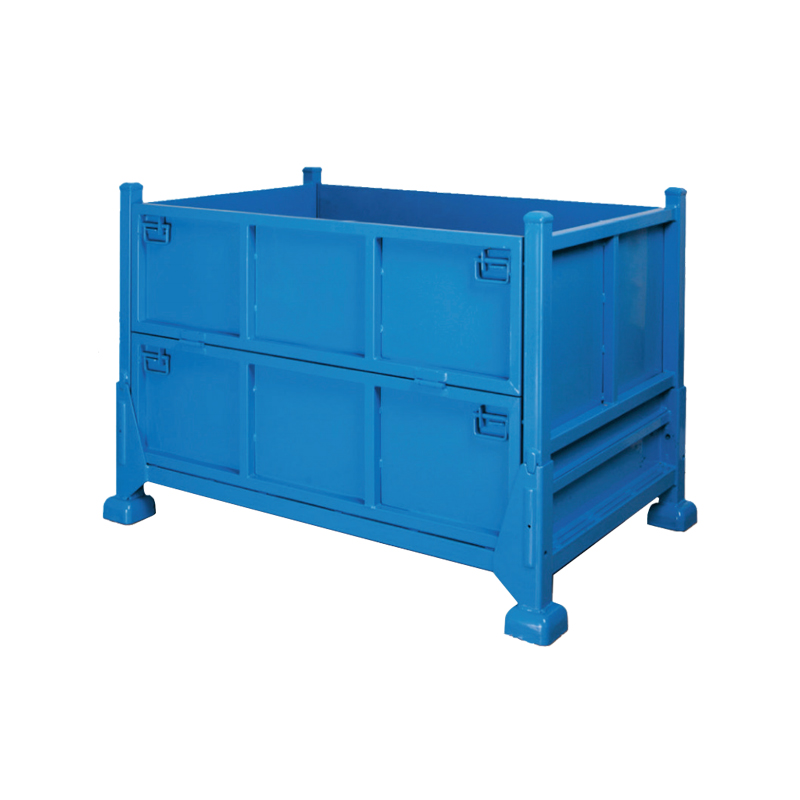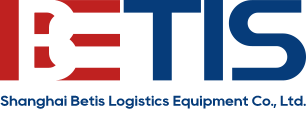When assessing the long-term performance of Foldable Steel Stillage, two critical yet often underestimated factors come into play: the material strength of the steel itself and the quality of the welds holding everything together. While foldable structures are designed for efficiency and space-saving, durability cannot be compromised—especially in demanding logistics environments where repeated folding, stacking, and transportation cycles are the norm.
The choice of steel grade significantly influences how a stillage unit will respond under load, stress, and external conditions. Low-grade steel may suffice for light-duty usage, but for industrial applications—where load-bearing requirements are non-negotiable—high-tensile steel becomes essential. It resists deformation and wear, ensuring that the unit maintains structural integrity even after extended use. That’s why our foldable steel stillage products are built using industrial-grade materials that meet or exceed ISO and EN strength standards, tailored for logistics professionals who value both resilience and reusability.
Just as important is the quality of the welds that connect critical joints. In a foldable unit, weld points experience repeated stress due to the opening and collapsing actions over time. Poor welding leads to microfractures, especially at hinge joints or reinforcement brackets, eventually compromising the entire unit’s stability. To mitigate this, precision welding techniques like MIG or TIG are often employed depending on the stillage’s design complexity and material thickness. For our products, we employ skilled technicians and rigorous inspection protocols to ensure every weld contributes to the overall load-bearing capacity and safety.

Additionally, when evaluating durability, customers should consider how welding quality interacts with galvanization or surface coatings. Weak or porous welds may allow moisture to penetrate, leading to rust formation from the inside. This is particularly risky in humid or coastal environments where corrosion resistance is critical. Our foldable stillage options are fully coated post-weld, ensuring seamless protection across every surface, joint, and hinge to enhance lifecycle longevity.
Manufacturers with deep industry experience understand that durability is not just about thick steel or heavy frames; it's about optimizing structural design to manage stress and fatigue over time. Even elements like corner reinforcements, hinge geometry, and locking mechanism alignment play a role in minimizing wear. At our facility, each foldable steel stillage design undergoes performance testing, simulating repetitive use cycles to refine durability and reduce maintenance concerns for end-users.
Customers who rely on our solutions often mention how they benefit from longer replacement cycles and consistent operational reliability. For warehouse managers and procurement specialists, this translates into real cost savings. When a stillage maintains its shape and function after hundreds of uses, it’s not just durable—it’s a better investment. Whether you're dealing with Euro foldable steel stillage or custom-sized units for niche operations, structural durability will always be the core value you’re buying into.
We believe that every Foldable Steel Stillage we manufacture should combine practical innovation with proven mechanical reliability. If you're sourcing stillage for high-frequency warehouse use, overseas shipping, or industrial handling, durability starts with asking the right technical questions—and we're here to help you answer them.
